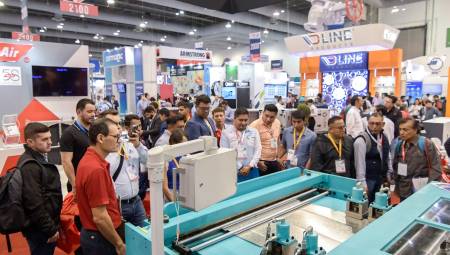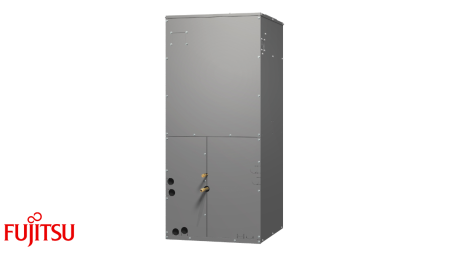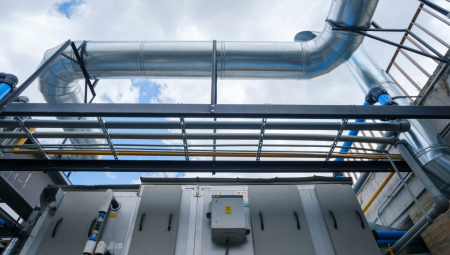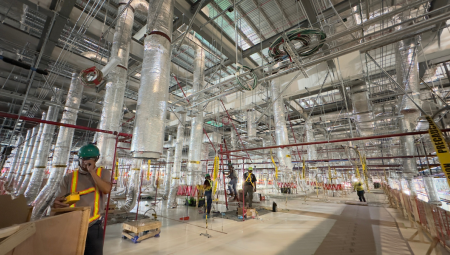OIL SEPARATORS

Considerations about oil separators
In any refrigeration system, coolant and oil are always present.
The refrigerant is required for cooling, and the oil is to be used exclusively for compressor lubrication. The miscibility ratio of these two components depends directly on the type of refrigerant and the temperature and working pressure values.
The main function of an oil separator is to separate the oil from the refrigerant and return it to the compressor carter before it affects other components.
Its use is a very important line in low temperature installations, in large air conditioning installations, when the arrangement of the installation does not allow a frank return of the oil, in installations that work with evaporators of the flooded or semi-flooded system, when the compressor has been installed at a long distance from the evaporator and in compressors that work at high speeds.
The total efficiency of a system is greatly improved when using an oil separator and working at low evaporation temperatures.
The oil separator is installed in the discharge tube, the compressed refrigerant containing oil in the form of a mist, passes through an inlet baffle plate whose diameter is greater than the discharge tube, reducing the speed of the coolant, as the oil particles have more momentum and less force to change direction that the refrigerant hits the surface of the baffle plate draining to the bottom and remaining there until the oil level rises high enough to open the float. At the outlet, the refrigerant passes through another series of baffle plates where the finer particles of the oil are collected as the refrigerant accelerates to its primitive speed, free of oil to the condenser. A magnet installed at the bottom of the tank, is responsible for collecting the metal particles in suspension, and thus prevent them from circulating through the system.
Experiments with glass oil separators have shown that the oil cannot be completely separated by the sole action of the baffles, there must also be a drop in speed that the ratio volume of the housing and area of the cross section of the discharge line.
The oil is subjected to continuous heating in the compressor, and cooling in the evaporator as a result of its work cycle, causing coal sludge to the detriment of all parts of the system.
The compressor during its work process, continuously receives a significant amount of oil from the evaporator that usually returns in the form of sludge or sludge. When it reaches the compressor, the piston pumps solid oil that causes a momentary increase in pressure and can even damage the valves.
The sludge formed by the combination temperature -humidity - oil, tends to plug the meshes and filter elements of the dryers and by impregnating the desiccant of the filters, reduces their effectiveness.
Before installing an oil separator, an initial load must be introduced into it through the "IN" connection through a funnel. The same oil as the compressor carter must be used.
When welding, place a damp cloth to prevent the joints from deteriorating.
In normal operation, the oil return line should be alternately hot and cold due to the opening of the valve and the return of the oil to the carter.
If the oil return line is always at room temperature, the return valve may be blocked by some foreign matter.
If it is always hot, you can have this valve open.
In this case, the return pressure will be affected by reducing the capacity of the system.
If it is continuously cold, there may be condensation of liquid in the separator.
Prevent the condensation air stream from whipping the separator.
In the event of a burned compressor, the oil separator must be cleaned and checked or replaced.
The separator must be kept above the condensation temperature, if not, it would condense refrigerant liquid that would return when opening the float along with the oil to the compressor carter.
This is usually observed by frosting of the oil return line.
It is advisable to install a non-return valve between this separator and the condenser, so that no liquid returns and is directed to the crankcase by the oil return line.
When the liquid returns along with the oil to the carter, it will form foam, since the refrigerant mixture will come to a boil by the lowest pressure in the carter.
Oil foaming in the carter can also occur when the unit starts after a prolonged shutdown, due to the fact that the oil will absorb the coolant during this cycle.
If as the carter pressure is reduced when starting, the refrigerant evaporates.
This absorption will preferably take place when the ambient temperature is high.
Oils tend to be very viscous at low temperatures, so it is advisable to install them in low temperature installations.
If the oil separator is in a cold area, it should be insulated, and if necessary heated by a resistor, so that it works properly.
The separator will malfunction if:
1. The float valve is left open, the discharge gas will flow through the oil return line.
This line will be as hot as the download line
2. the float valve is closed, the oil will be forced to go inside the system, causing the oil level in the compressor to drop
Frequiviri
Authors:













